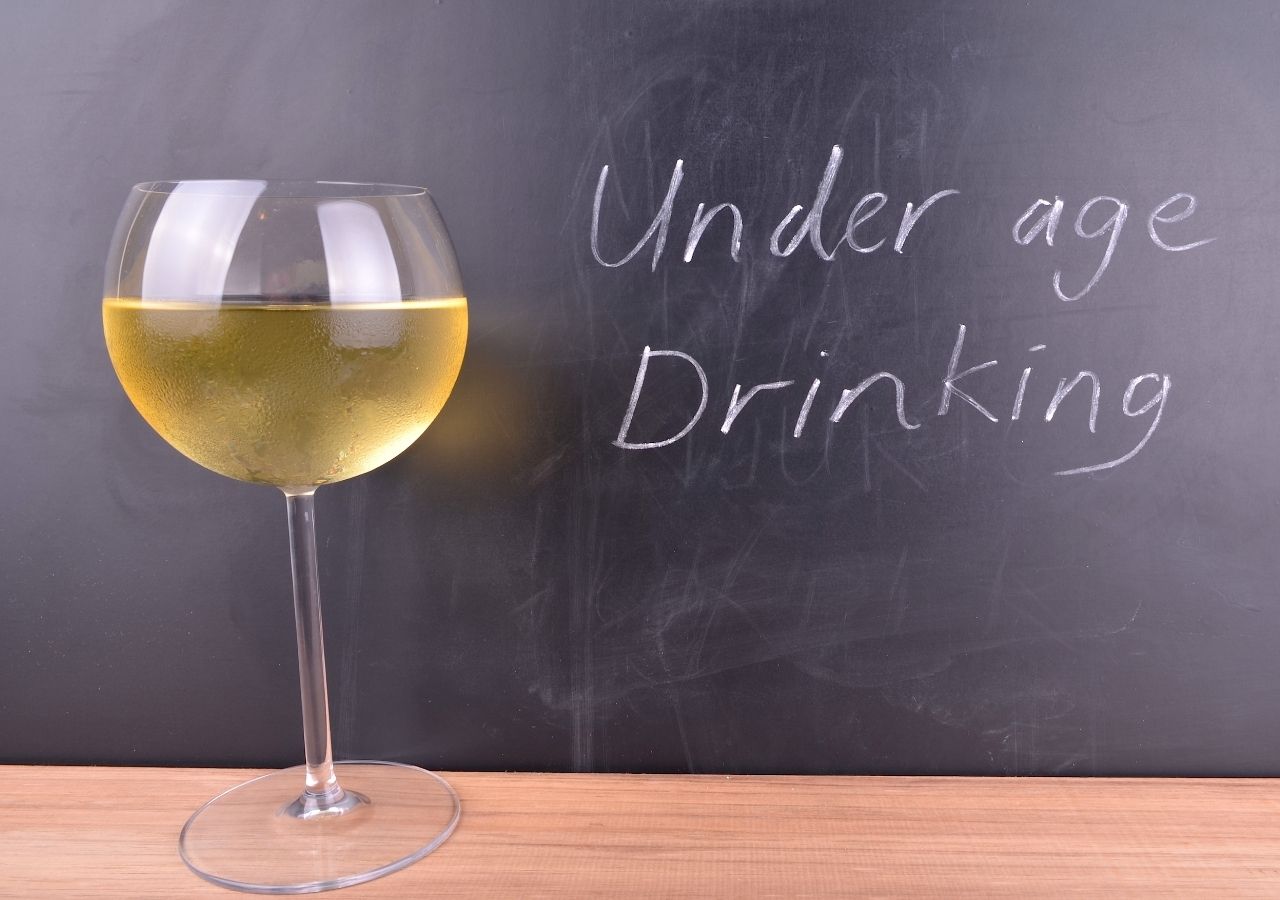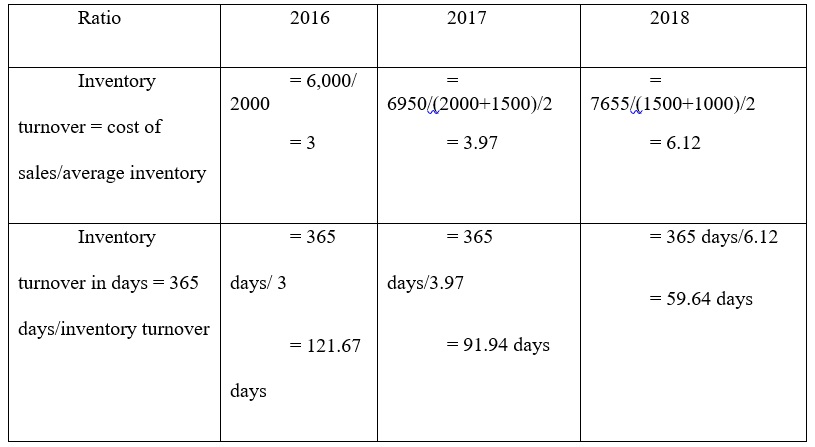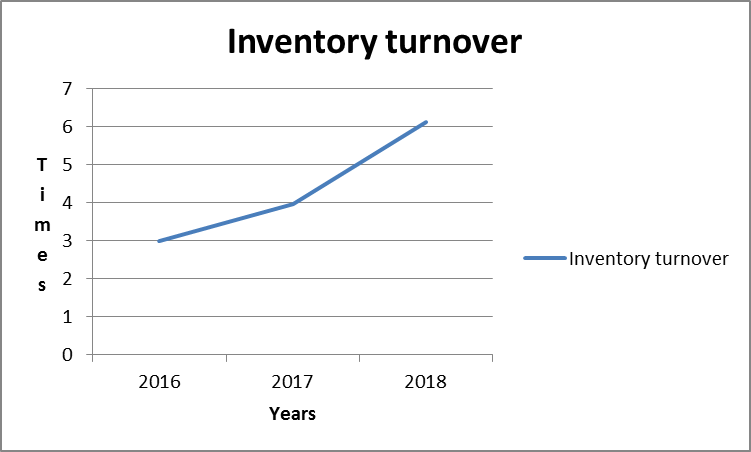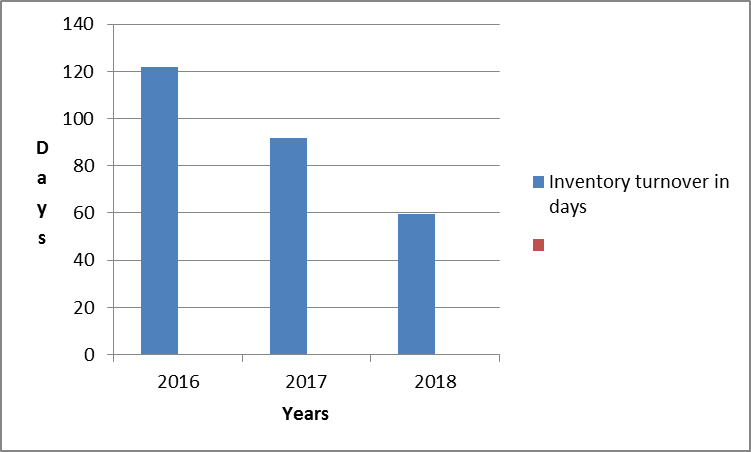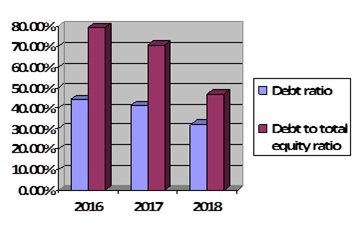- Introduction: Telemedicine
- Objectives &Mission Statement
- Target Market
- Market for Telemedicinal Products
- Competition
- Product Features: Healthy Robot
- Core Marketing Strategy
- Identification of Unique Selling Proposition
- Operational Excellence
- Customer Intimacy
- Growth & Innovation Strategies
- Marketing Mix
- Pricing Strategy
- Channels of Distribution
- Customer Relationship Management
- CRM Cloud Infrastructure
- Conclusion
- References
Introduction: Telemedicine
Telemedicine is a mixture of IT and telecommunication that offers remote clinical health care facilities (Transparency Market Research, 2012). It aims to eliminate the obstacles confronting patients and ordinary individuals when waiting in line for even basic health criteria in hospitals and health clinics. The products can come in various forms right from the official website to other forms of medical devices. The combination of voice, videophone, photography, and health informatics data from one specific site to another involves the different types of telemedicines. The primary goal of telemedicine will be to address the interests and needs of people residing in remote areas and who do not have the financial resources to purchase goods. Along with emergency assistance and various types of health care equipment, they often come with extra devices. The thesis would discuss the introduction of a fictional medical robot that is a type of telemedicine that will aim to tackle numerous complicated issues of health care. The marketing efforts involved in initiating the introduction of the medical robot system would be included in the author of the report. Finally, the analysis would end with the different methods of Consumer Experience Management employed by the management to reach the target market deeper.
Objectives & Mission Statement
The company’s mission will be to offer state-of-the-art telemedicine services, which will enable patients with some health benefits that most medical companiesare unable to deliver.
The company’s mission will be to provide state-of-the-art medical facilities and equipment that could draw patients and consumers’ interest. The health report produced by these monitoring instruments would not include a medical summary of the condition, it would still include a comprehensive review of the patients’ steps to be taken. In brief, disseminating knowledge regarding the timely prevention steps to be taken by the patient will be the key priority of a balanced robot.

Target Market
Although the main goal of the balanced robot will be to test and diagnose consumers’ existing health status, people suffering from chronic conditions will be the key target demographic. Secondly, clients who are highly health aware who would like the robot to maintain a daily watch on their health status would also be included in the target demographic. Thirdly, consumers who would like to buy a telemedicine package for gifting purposes would also be included. The goal demographic in the United States of America was determined by the projected population of diabetic patients (USA).
Market for Telemedicinal Products
Various segments of telemedicine offerings can be grouped into tele-health, telemedicine, multimedia and interactive health services (Cravens, 2010). The demand for telemedicine is very established and, with the aid of integrated telemonitoring and telehealth services, has given clinical treatment. The telemedicine industry has been estimated at $2.9 billion (Transparency Market Analysis, 2012). The telehealth telephone infrastructure is more mature than any other health system and is now projected to hit a market size of $2440 million by 2012 and 2018. (Transparency Market Research, 2012)
Therefore, taking into account the current market trends and the need for telemedicinal devices among increasing patients, Safe Robot’s manufacturers have agreed to produce a device that would not only enable health monitoring, but also process healthy systems on the markets.
Competition
Competitor strategy requires the effective strategic planning process and would involve the outlining of several processes (`Daily Navin, 2009). Devising of effective marketing plans after competitor analysis would require the analysis of the competitor’s past, present and future marketing strategies. This is prerequisite because this analysis will help the management to have an overview of their marketing strategies and understand the respective strength and weakness. It has been observed that the Americans spend twice the amount of money in other developed countries (Energy Fiend, 2013). Therefore, the increase in the global aging population and diseases has compelled several marketers to penetrate into the market of telemedicine further. Some of the main competitors would be as follows:
Hospital and Dispensaries: The local dispensaries and hospitals are one of the main competitors for Healthy Robot because it not only helps in detection of the disease, but also provides the patients remedies under same roof. This is one of the key rewards of hospitals and pharmacies and, in addition,, hospitals are the first choice of the patients for taking their tests.
Companies: Popular companies are Alcatel Lucent, AMD Technologies, Cardiocom, Honey well, International Business Corp, Life Watch AG and Robert Bosch Health Care. In addition to these, companies manufacturing tele health products, which are portable and easily accessible, are major threat for Healthy Kartz.
Product Features: Healthy Robot
The robot would be able to detect the health state of the individual by collection of their swab saliva with the help of a stick fitted inside the device. The Healthy Robot would be able to provide an in depth analysis of the health state of the individual. A special screening would enable the patient to read the entire details of the health situation of an individual. These robots would be able to perform in an environment, which would make it capable of sensing the environment (Key Note, 2012). The robot will be well equipped with good navigational hardware, software, DARPA and LIDAR through the RADAR systems. The sensory data system in the robot will enable the smooth navigational decisions based on this piece of information provided as input by the customer. Although, the robot will not be able to interact with the patients verbally, the voice input system fitted inside the robot would allow the customers to understand the technicalities of the device easily. In the medical imaging concept the fiber optics was used to understand the mechanical imaging for inspection of health state of the individual through their saliva swabs. The additional equipments will enable the data protection systems, which would include digitization, compression, stored, retrievation and read without any significant losses. The plug and play support will be included, which would be provided for vide output systems. The robot would support high resolution imaging, annotation and other medical options and facilities.
Core Marketing Strategy
An effective marketing strategy with a specific focus would enable the marketing department in utilizing its market resource effectively for reaching out to the desired targeted audience and also give a company a direction to attain the goals of the organization. These marketing strategies need to be different and unique, which helps in differentiating its products from the other telemarketers. These effective marketing strategies would help in marketing these medical products effectively, which in turn would help in differentiation, specificity and design of the emotional appeal of the products (LaPointe, 2005).
Identification of Unique Selling Proposition
First and foremost, the firm wants to describe the product’s specific selling proposition, which can be highlighted and promoted aggressively. This is required for investment purposes because if the USP of the product is high and quite different from its competitors, then huge amount of investment would be required for this purpose. This would be the fundamental basis on which the foundation of the company marketing strategy would be laid.
Operational Excellence
The company will be offering telemedicine products and tele health products at affordable prices. The Company would be also opening a servicing store, which would offer technical assistance and help in the repair of the products (Malinauskas, 2013).
Product Leadership: It would be one of the first kinds of telemedicine products, which would be testing the glucose content, blood pressure of the individual in a robot. The robot would not be able to interact with the patients directly, but would help in disseminating medical information related to health of an individual (Mauborgne & Kim, 2005). The products would also have a special screen, which would record the medical history of the patient.
Customer Intimacy
This would focus on what the customer wants and its requirements through the marketing strategy. The management would develop customer related programs and strategies that would satisfy customer wants (Mick & Ratneshwar, 2005). Decisions in areas of price, promotion, place and distribution strategies would help in establishing customer intimacy by the development of supporting strategies. Customer support strategies would reflect the customer strength and solve the intricacies of the problem.
Growth & Innovation Strategies
This would require the development of growth strategies like innovative capabilities, which lays emphasis on the tele health industry growth and trends (Polis, 2013). The company reviews its current strategies and develops products and satiate customer wants and requirements.
Marketing Mix
The marketing mix is one of the most important marketing concepts and helps the marketer to develop a product, which has increasingly importance in the industry.
Product: Healthy Robot is one of its kind, portable device which offers not only healthy advice to the customers by detecting their present health state, but also provides remedies to the diseases and also monitors the current state of health. The products would have easy technical functionality, which would be easier for the patients to understand.
Price: The price of the product would be affordable, but the customers would have to pay certain additional charges for the repair and maintenance of the medical devices. The customers taking the annual membership card would be benefitted with discounts and other schemes. This technology enabled robot encompassed high cost of production and therefore the market price of the product would be reasonable.
Place: The management would ensure the easy availability of the health product. The product would be available in the leading hospitals and health associations and also in retail stores like Best Buy, Bath Bath and Beyond. One of the main objectives of the company would be to offer the health product at varied retail stores and outlets across the major metropolitan and other cities of USA. In the initial phase, the distribution of the product would occur in the USA wholesale distribution system (Business Gov, 2013).
Promotion: The management would be focusing on formulating effective promotional strategies and advertising of the product. Development of effective promotional strategies for the product would include the design of varied discounts and coupons, which offer the product at lesser price in the initial phase of the marketing. .
Pricing Strategy
Pricing strategy is very crucial for the manufacturers of medical devices because a huge amount of the cost of production is involved in the manufacturing of these tele health medicinal products. Development of pricings strategies would involve the performance of marketing analysis and then positioning the product. The pricing strategy would be developed after analysis and estimation of the demand of products. The quantity demanded for the product would vary with the price. The analysis would include the inclusion of fixed and variable costs. Then the pricing objectives would be set for maximization or price stabilization of the products. The product will be launched after taking into consideration the pricing strategy of the competitors and the market dynamics proposition. The major price setting objectives would involve the following factors:
- Current Profit Maximization: The main objective would be to maximize the profit taking into consideration the account revenue and costs. However, care should be taken that the price objective that is set must be able to yield profitability for the company.
- Current Revenue Maximization: It will help in revenue maximization that would be set by keeping the revenue margin in consideration with the desired profit margin of the company.
- Maximization of the Number of Units to be sold: One of the main objectives would be to consider the number of units to be sold with the number of customers served to decrease the long and short term costs and to increase the markets share.
Channels of Distribution
Channels of distribution would involve the path that defines the movement of goods from manufacturers to the ultimately individual or industrial customers. In this context the Healthy Robot would be distributed by the manufacturing department to the retailers directly. The channel would also consist of the consumers, producers, users and various other intermediaries. Therefore, in this context channel of distribution would be as follows:
Manufacturer- Intermediary – Customer
This channel of distribution involves singular middlemen known as middleman. Under this, the producer sells the product to the retailers, who buy goods in bulk quantities and also in turn sell the products to the ultimate customers .This distribution channel relieves the manufacturer from the burden of selling the goods timely and also give him control in the process of distribution.
Customer Relationship Management
It is one of the major aspects of customer interaction, which would require certain attention. Customer Relationship Management (CRM) is a service related business strategy that helps in understanding customer requirements, attract potential customers, increasing profitability and decrease the management costs. CRM approach would help in enhancement of the customer business relationships and also helps in developing products or services that have the potentiality of becoming one of the most coveted products. The above mentioned CRM software would be used for the enhancement of relationship between the customers and the business organization.
Sales Cloud: CRM cloud application provides real-time visibility to the activities performed by a team, so that they can estimate the sales revenue. For sales representatives, CRM cloud applications made it very easy to manage customer information, so that these representatives handle data of the customers timely and effectively and spend more time with customers.
For marketers, it is a useful tool for tracking the sales that result in lead generation through various conducts of marketing campaigns on official website, email system and with Google AdWords. CRM cloud applications let the marketers’ track, lead, sources, route leads in real time and also provide the analytics, whether it is working effectively or not.
CRM Cloud Infrastructure
Marketers rely on proven and trusted infrastructure cloud applications, which allow the servers and software in a data center to run their CRM application. For the CRM software to work effectively, it must have three basic characteristics:
- High reliability, whose application uptime exceeds more than 99.9%
- High performance, that allows the data access to occur smoothly in less than 300 minutes
- High security and provide industry certifications, like ISO27001 and SAS 70 Type II
An effective CRM infrastructure relies on multiple customers, which allow sharing of common technology and also smooth functioning of the latest release of application software in official websites, like Amazon and Google (EuroMonitor International, 2009). With this process, the marketers do not worry about the applications infrastructural up gradation, which happens automatically. In fact, this model allows the companies to focus on improvement of software system.
Conclusion
Thus, it is observed that amidst growth in the telemedicinal and tele-health industry, the company would be able to market its product effectively and then create a niche for itself in the industry. This is because the growth of the industry is largely dependent on the increasing health conscious and disease affected population, which has given rise to the marketing of telemedicinal product.
References:
- Business Gov. (2013). Channels of distributions. Retrieved from http://business.gov.in/manage_business/channels_distribution.php
- Cravens, D. W. (2010). Strategic marketing. New Delhi: Tata McGraw-Hill Education.
- Daily Navin. (2009). The ERRC model. Retrieved from http://dailynavin.blogspot.in/2009/06/errc-model.html /.
- Energy Fiend. (2013). The top 15 energy drink brands. Retrieved from http://www.energyfiend.com/the-15-top-energy-drink-brands
- EuroMonitor International. (2012). Sports and energy drinks in the United Kingdom. Retrieved from http://www.euromonitor.com/sports-and-energy-drinks-in-the-united-kingdom/report
- Key Note. (2012). Energy drinks help keep the fizz in the UK soft drinks market. Retrieved from http://www.keynote.co.uk/media-centre/in-the-news/display/energy-drinks-help-keep-the-fizz-in-the-uk-soft-drinks-market/?articleId=930
- LaPointe, P. (2005). Marketing by the dashboard light: How to get more insight, foresight, and accountability from your marketing investments. New Jersey: MarketingNPV.
- Malinauskas, B.M. (2013). A survey of energy drink consumption patterns among college students. Retrieved from http://www.nutritionj.com/content/6/1/35
- Mauborgne, R., & Kim, W.CA. (2005). Blue Ocean Strategy: How to create uncontested market space and make competition irrelevant. Boston: Harvard Business Press.
- Mick, D.G., & Ratneshwar, S. (2005). Inside consumption: Perspectives on consumer motives, goals, and desires. London: Routledge.
- Polis, C. (2013). Energy drinks survey finds confusing marketing, unclear caffeine content. The Huffington Post. Retrieved from http://www.huffingtonpost.com/2013/04/11/energy-drinks-survey_n_3061047.html
- Transparency Market Research. (2012). Description. Retrieved from http://www.transparencymarketresearch.com/v-telemedicine-market.html






